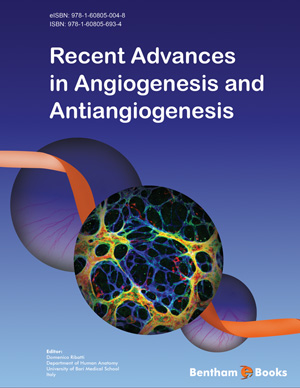Abstract
Osteopontin (OPN) is a phosphorylated acidic (Arg-Gly-Asp) RGD-containing glycoprotein, which exists both as an immobilized extracellular matrix component and as a soluble molecule. The biological functions of OPN are extensively regulated on the posttranscriptional and post-translational levels and many of the signaling pathways mediated by secreted OPN are activated by ligation of the integrin and CD44 families of receptors. Such a multifaceted glycoprotein, that is expressed by numerous different cells and tissues, is expected to exert pleiotropic functions. Indeed, OPN is implicated in tumor metastases, tissue remodeling, inflammation, and cell-mediated immunity. Recently, substantial evidence suggests that OPN positively regulates angiogenesis. However, the mechanisms that define the role of this molecule in angiogenesis are incompletely understood. The following review will discuss the biochemical and biological properties of OPN in the context of its role in the modulation of angiogenesis.






















